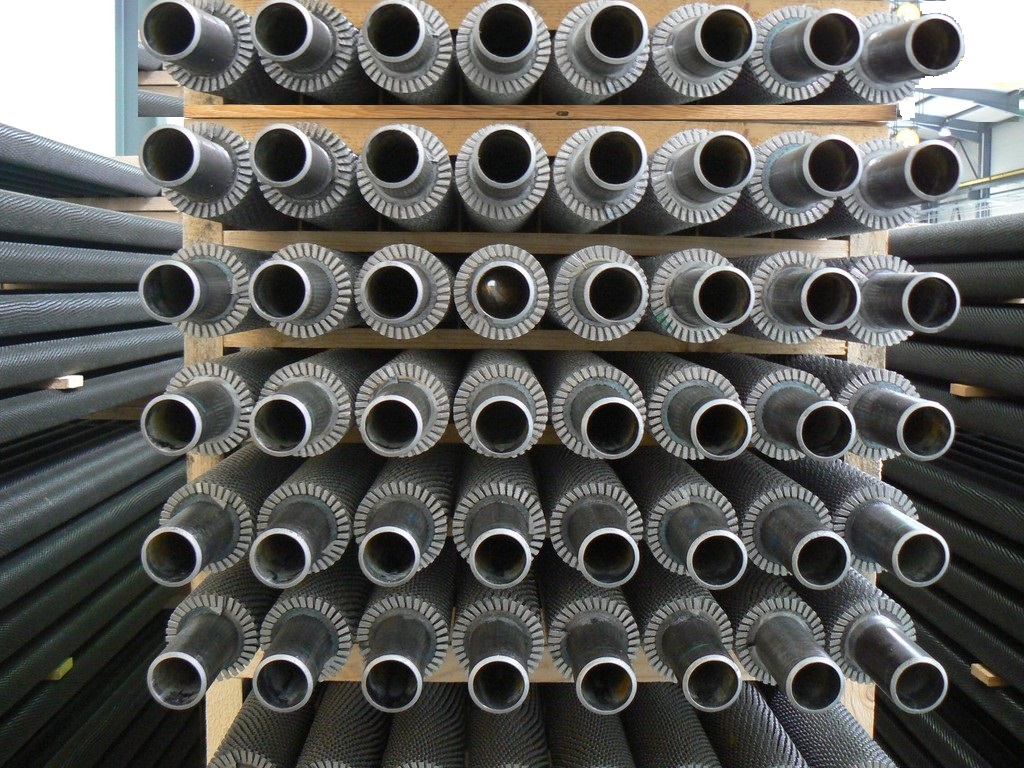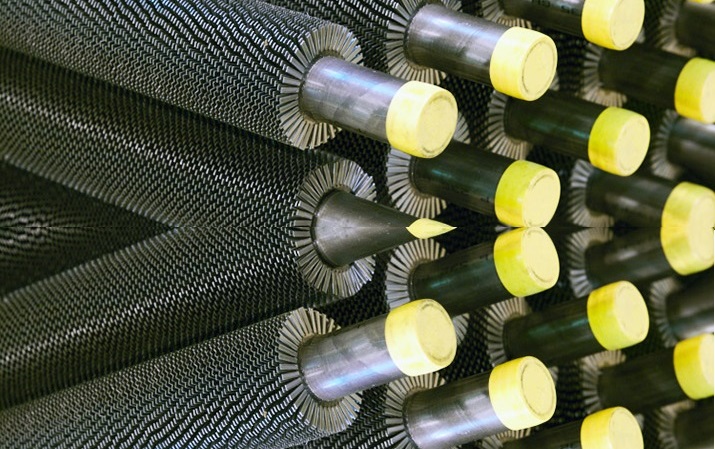Lord Fin Tubes–The Benefits of Finned Tubes

Heat is transferred from a hot fluid through a tube wall to a colder fluid, which is why finned tubes are so popular. However, you may ask, what is the major advantage of using a finned tube? Isn’t it possible just to use a regular tube for this transfer? Sure, but it will be much slower.
In the absence of a finned tube, the outside surface area is not significantly greater than the inside surface area. Therefore, the fluid with the lowest heat transfer coefficient will determine the overall heat transfer rate. As the heat transfer coefficient of the fluid inside the tube is several times greater than the heat transfer coefficient of the fluid outside the tube, increasing the outside surface area of the tube increases the overall heat transfer rate.
This outside surface area is increased by finned tubes. The finned tube increases the overall heat transfer rate. Consequently, this results in a decrease in the total number of tubes needed for a given application, which decreases the overall equipment size and, in turn, lowers the cost of the project. Finned tubes can replace up to six bare tubes at less than 1/3 the cost and 1/4 the volume in many cases.
Finned tubes are used when heat needs to be transferred from a hot fluid to a colder fluid through a tube wall. For an air heat exchanger with air or another gas as one of the fluids, the air-side heat transfer coefficient will be much lower, so adding additional heat transfer surface area or using a fin tube exchanger is very helpful. A finned tube exchanger’s overall pattern flow is often crossflow, however, it can also be parallel flow or counterflow.
Heat exchanger tubes are equipped with fins to increase their effective surface area. Additionally, finned tubes are used when the heat transfer coefficient on the outside of the tubes is lower than that on the inside. In other words, the process of transferring heat from liquid to gas, vapor to gas, such as steam to air heat exchanger and thermic fluid to air heat exchanger.
Three factors determine the rate of heat transfer between two fluids – [1] the temperature difference between the two fluids; [2] the heat transfer coefficient between the fluids and the tube wall; and [3] the surface area exposed to each fluid.

Using Finned Tubes Helps:
How To Increase Heat Transfer:
The fins of a finned tube exchanger are typically attached to the outside of the tubes. A liquid will flow through the tubes, and air or some other gas will flow outside the tubes, where the additional heat transfer surface area provided by the finned tubes increases the heat transfer rate. In a crossflow fin tube exchanger, the fins are typically radial fins that are either circular or square in shape.
Heat Transfer Coefficient Improvement:
When a finned tube is not used, the outside surface area is not significantly greater than the inside surface area. Accordingly, the fluid with the lowest heat transfer coefficient will determine the overall heat transfer rate. By increasing the outside surface area of the tube, the heat transfer rate can be greatly improved when the heat transfer coefficient of the fluid inside the tube is several times greater than that of the fluid outside the tube.
Increasing The Surface Area Of The Outside:
Heat is transferred more efficiently when a finned tube is in place. The extra surface area increases heat transfer. This decreases the number of tubes required for a given application, which reduces the overall equipment size and, in turn, lowers the project’s cost in the long run.








